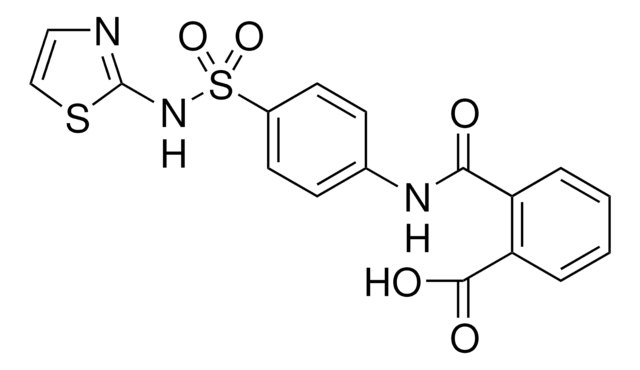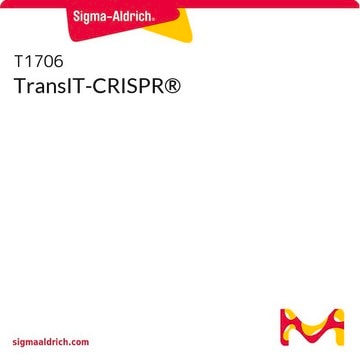XTGHP-RO
Roche
Reactivo de transfección de ADN X-tremeGENE™ HP
High-performance polymer reagent for transfecting many cell lines
About This Item
Productos recomendados
grade
for molecular biology
Quality Level
form
liquid (aqueous solution)
usage
mL (suitable for 165 transfections)
packaging
pkg of 0.4 mL (06366244001)
pkg of 1.0 mL (06366236001)
pkg of 5 × 1 mL (06366546001)
manufacturer/tradename
Roche
technique(s)
transfection: suitable
storage temp.
−20°C
Categorías relacionadas
General description
Features and Benefits
- Aproveche un reactivo no liposómico fácil de usar que carece de componentes de origen animal, es estable a temperatura ambiente, ha sido filtrado a través de una membrana de 0,2 μm de tamaño de poro y es activo en un medio que contenga suero.
- Consiga nuevos niveles de eficiencia de transfección en células primarias y en líneas de células tumorales que no son bien transfectadas por otros reactivos.
- Genere datos fisiológicamente relevantes utilizando un reactivo con pocos efectos citotóxicos.
- Aumente el rendimiento experimental y permita la evaluación específica utilizando un protocolo simple y constante.
Quality
Physical form
Other Notes
Legal Information
related product
signalword
Danger
hcodes
Hazard Classifications
Eye Irrit. 2 - Flam. Liq. 2
Storage Class
3 - Flammable liquids
wgk_germany
WGK 1
flash_point_f
334.4 °F
flash_point_c
168 °C
Certificados de análisis (COA)
Busque Certificados de análisis (COA) introduciendo el número de lote del producto. Los números de lote se encuentran en la etiqueta del producto después de las palabras «Lot» o «Batch»
¿Ya tiene este producto?
Encuentre la documentación para los productos que ha comprado recientemente en la Biblioteca de documentos.
Los clientes también vieron
Artículos
Automation is used for many applications to reduce variation caused by manual handling and to obtain reproducible results in high-throughput assays. High-throughput applications, such as knockdown studies or target screenings, often include cell transfection.
Small inhibitory RNAs offer easy gene expression knockdown in mammalian cells, revolutionizing gene research.
Transfection introduces genetic material into cells, aiding research in gene expression and cell biology.
This brief webinar provides an overview of what transfection is and the methods that are used to introduce DNA or RNA into eukaryotic cells.
Protocolos
Lentiviruses represent a powerful tool in research applications to transduce a wide range of cell types.
Cell preparation for transfection Plate cells approx. 24 hours before transfection making sure cells are at optimal concentration (70 – 90 % confluency).
Transient co-transfection of plasmids for cellular studies in protein interaction, transcription factor, and gene knockdown analyses.
Protocols for Transfecting Common Cell Lines with X-tremeGENE™ Transfection Reagents
Contenido relacionado
Browse our convenient transfection reagent selection guide to match the best reagent for your specific cell line and application needs.
Nuestro equipo de científicos tiene experiencia en todas las áreas de investigación: Ciencias de la vida, Ciencia de los materiales, Síntesis química, Cromatografía, Analítica y muchas otras.
Póngase en contacto con el Servicio técnico












